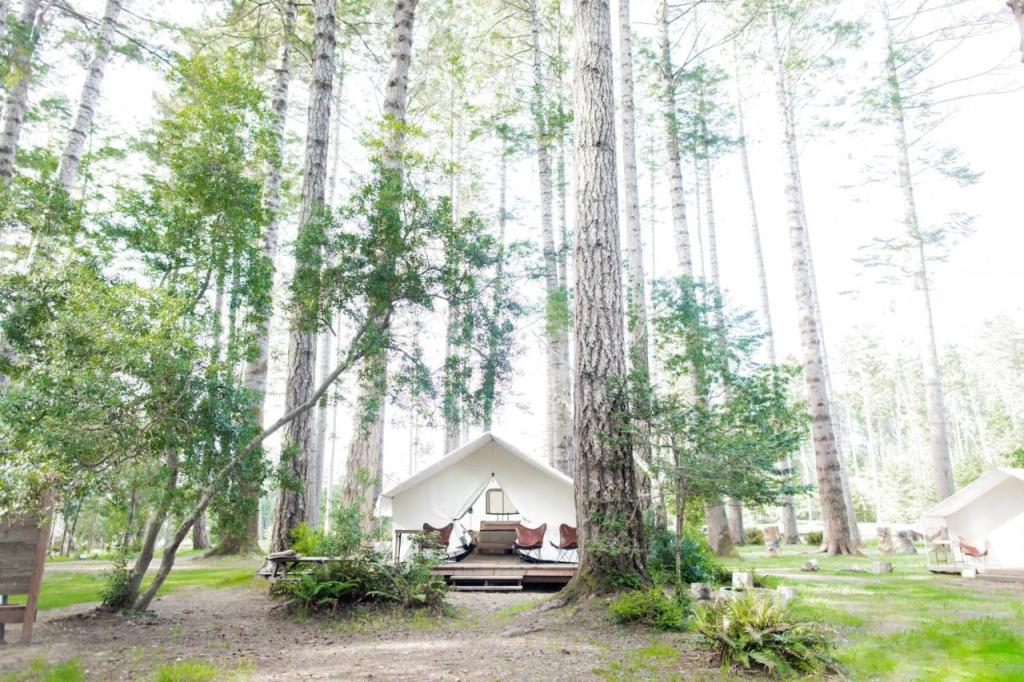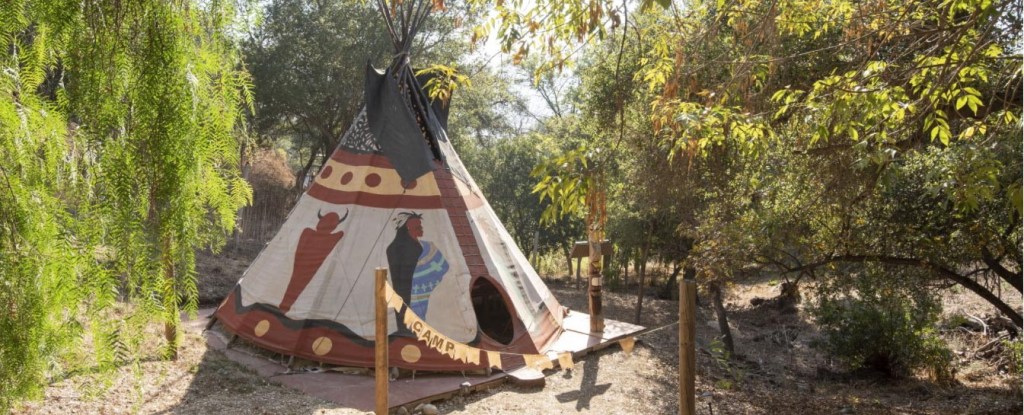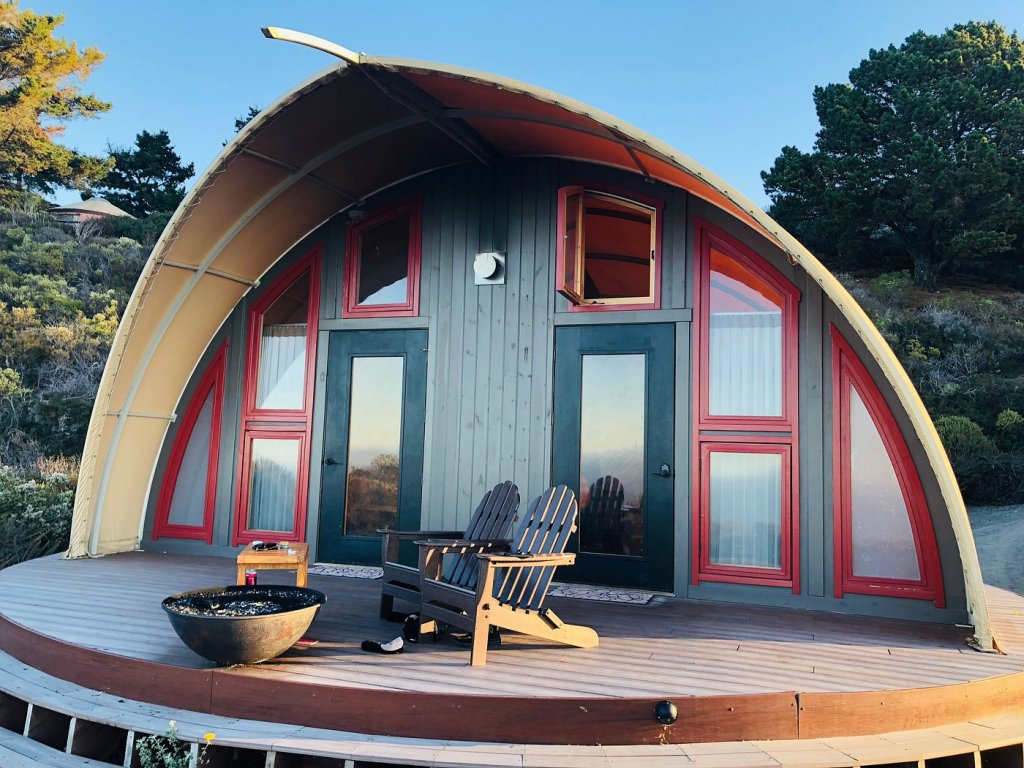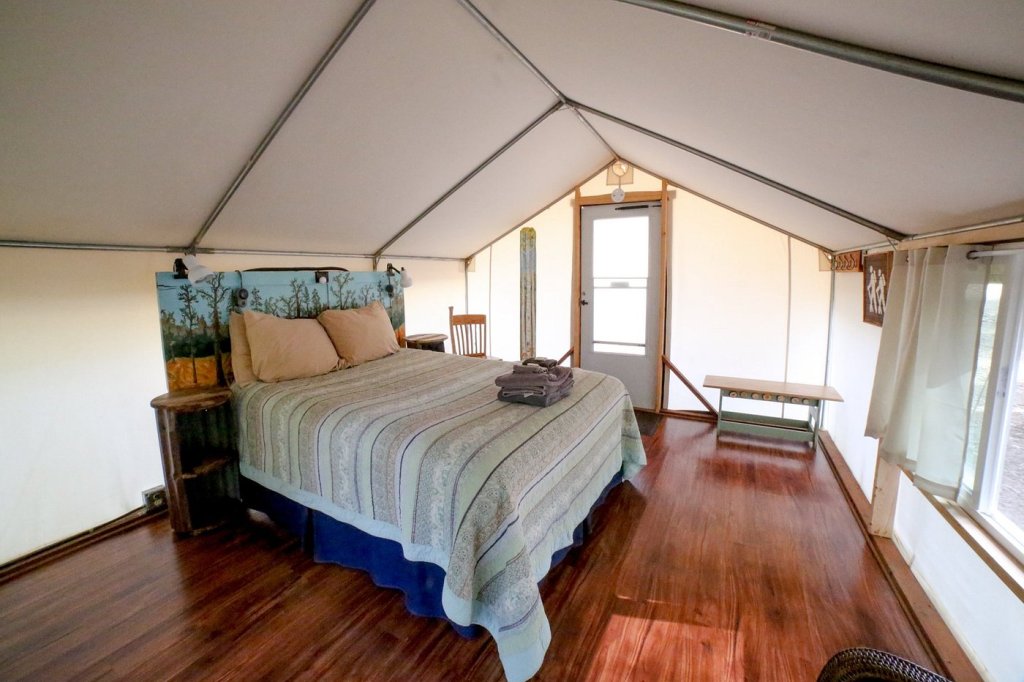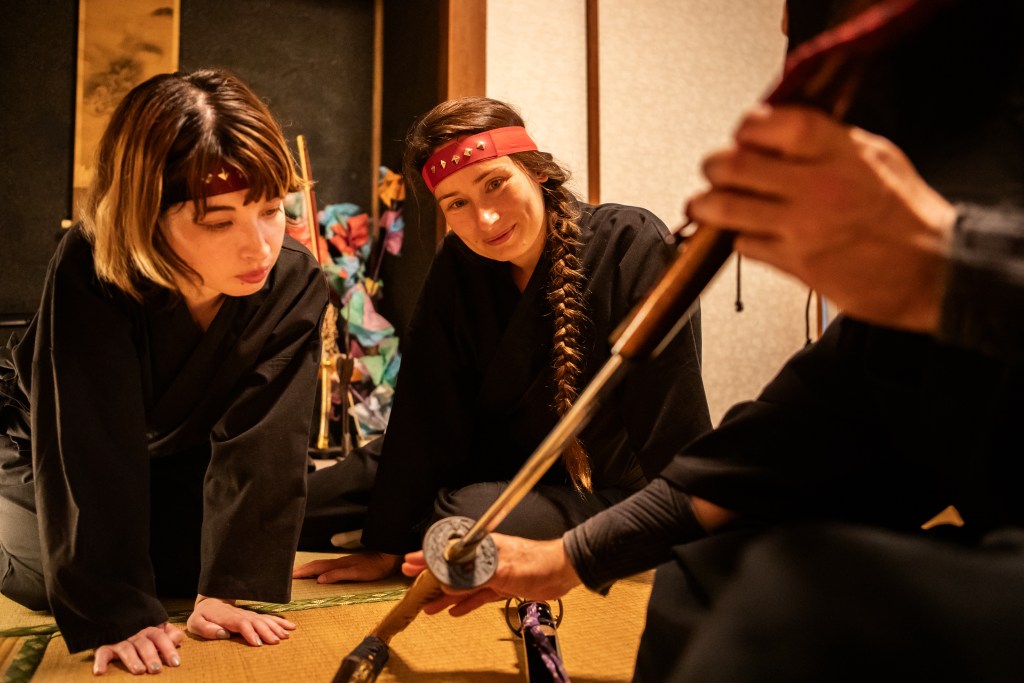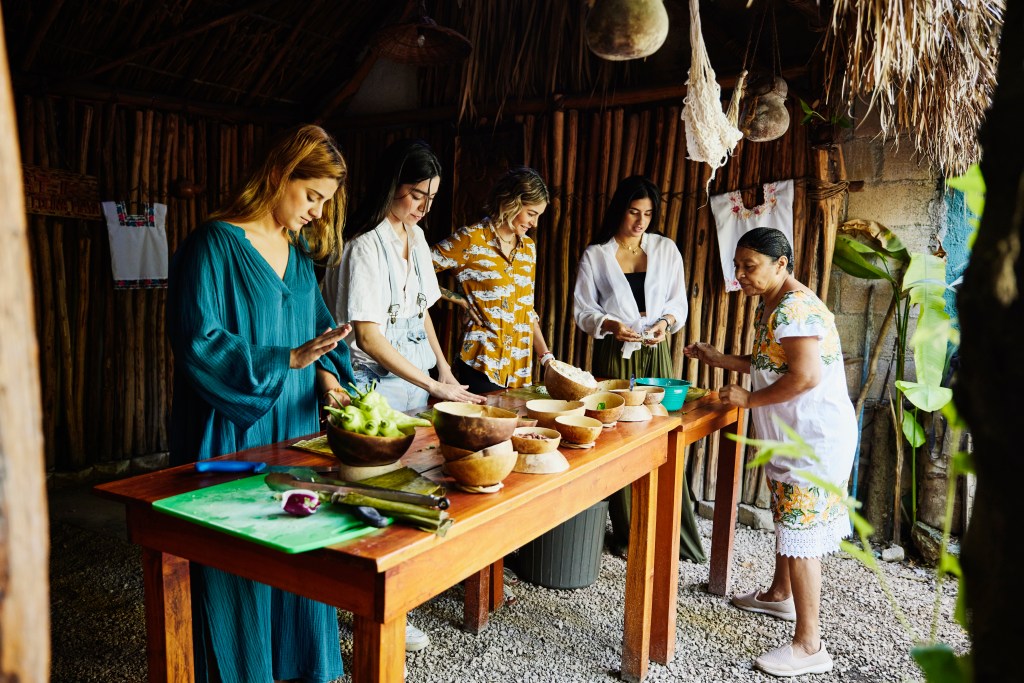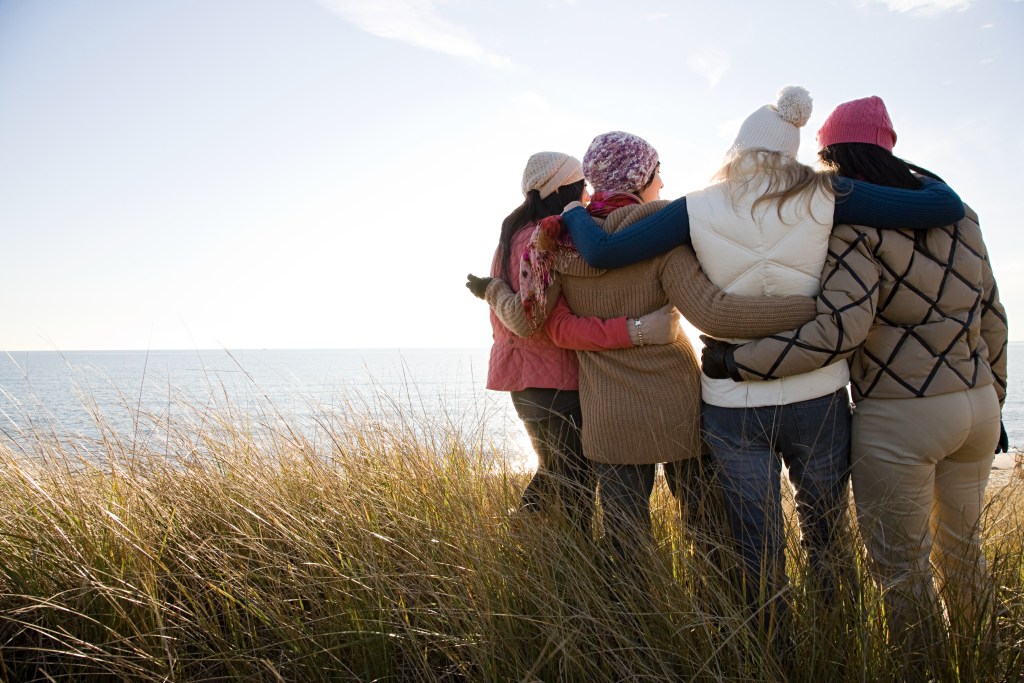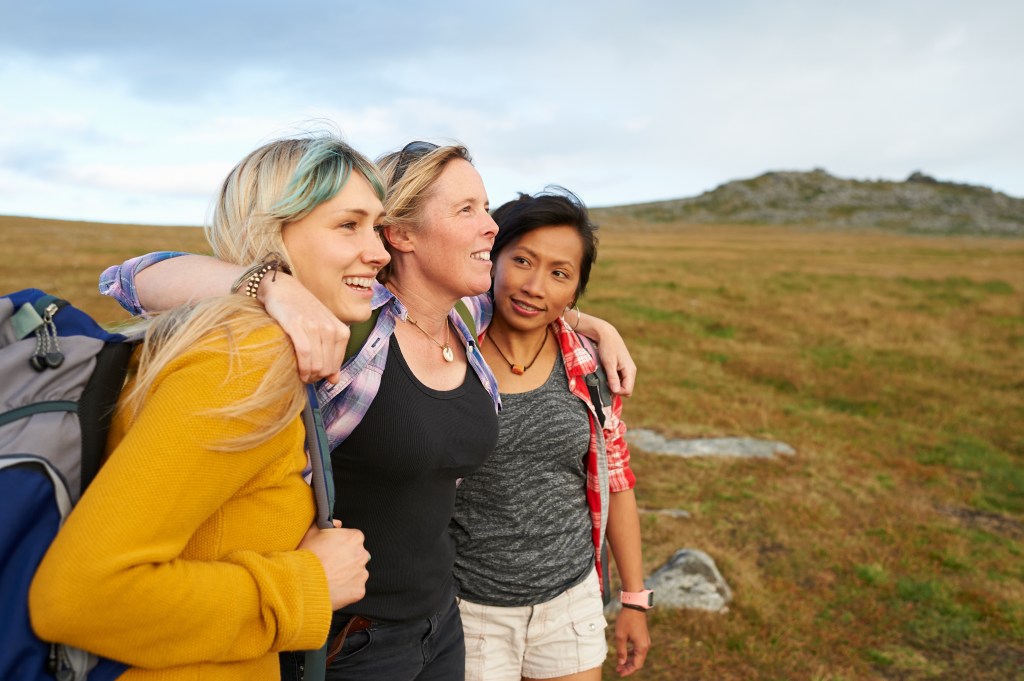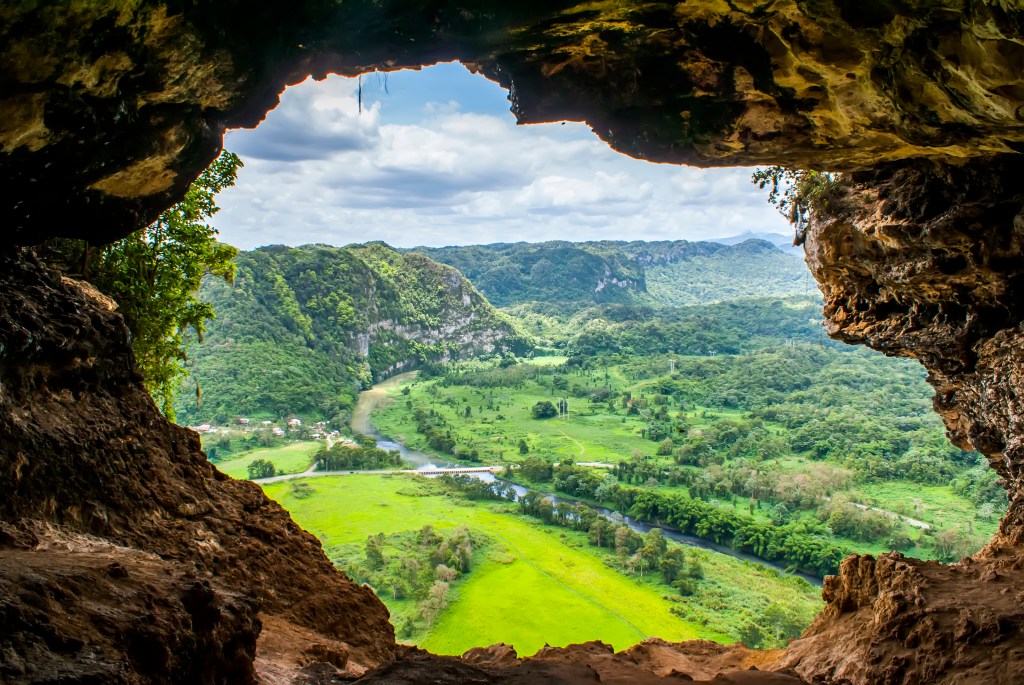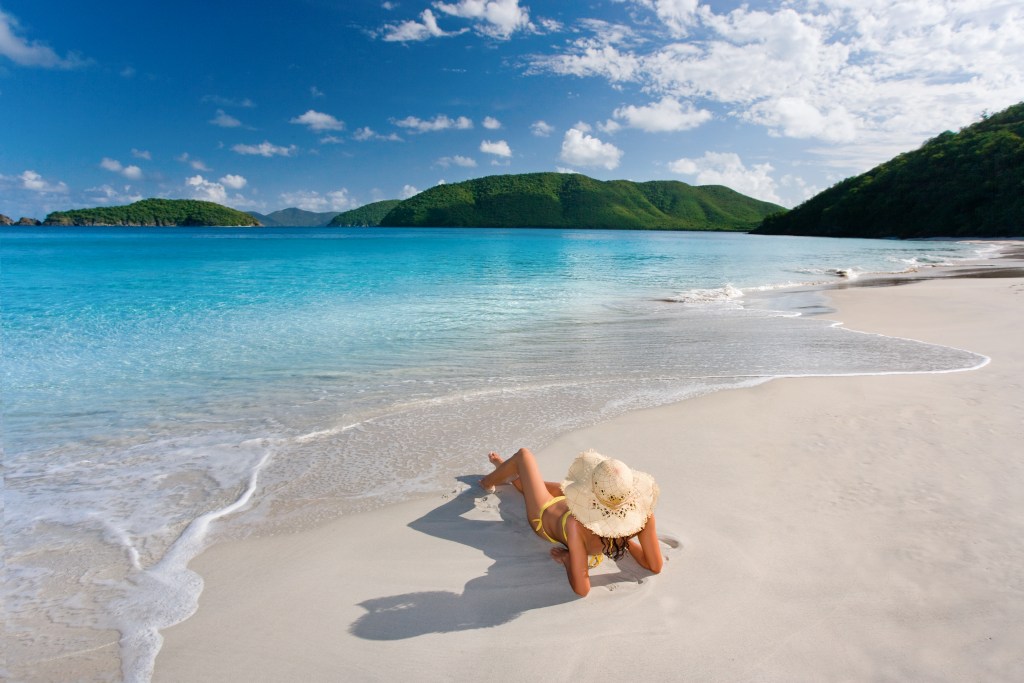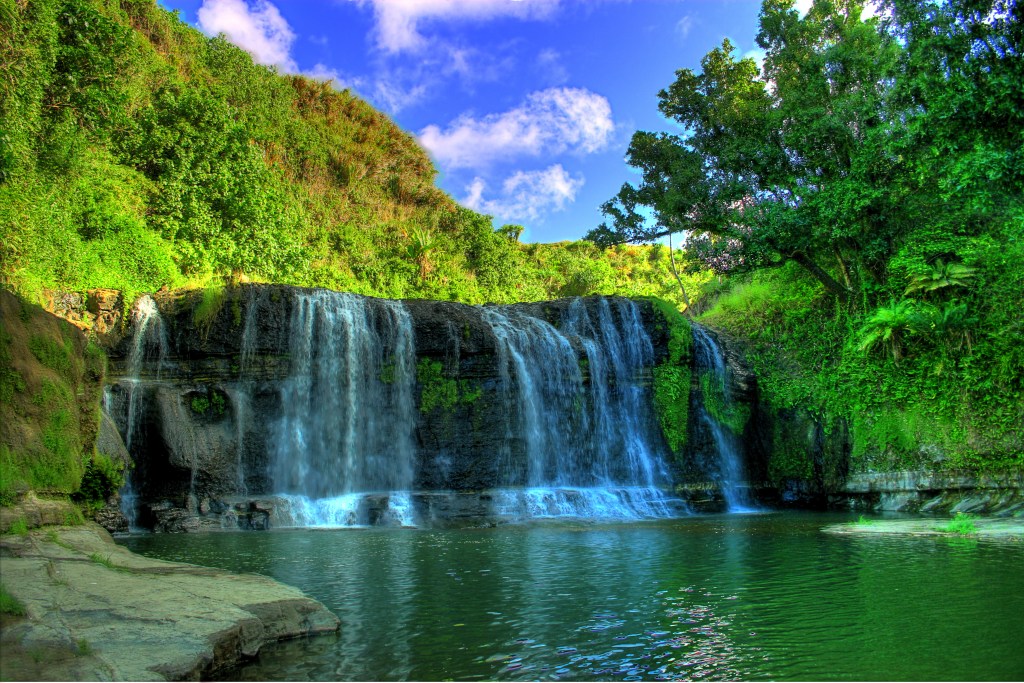I haven’t seen Severance, and I only heard about it because everyone was suddenly talking about belly buttons. (Don’t judge me. I live in Europe—I’m outside the zeitgeist.)
Turns out, innies and outies are two sides of a bisected consciousness in Apple TV’s fictional world of endless workdays.
With my curiosity piqued, I finally looked into Severance as its second season launched—
Only to realize it’s filmed in one of my favorite buildings in the US: Bell Works.
I love Adam Scott and I adore heady, metaphysical content—but I loooooove Bell Works. Not only is it the site of major scientific research that saw American Steven Chu nab a Nobel Prize for laser-cooling, but it’s also a super-villain-caliber structure.
On top of that, Bell Works comes from architect Eero Saarinen, who also designed the TWA Hotel in New York City and the St. Louis Gateway Arch. Also, it looks like something fresh out of a postmodern vision board… even though the building is now over 60 years old, having been completed in 1962.
It’s an endlessly cool place to film an endlessly fascinating series like Severance.
Again, I have never seen the TV show—but I’m happy to entertain the millions of Americans who are suddenly interested in the visually dynamic and sprawling film set that is Bell Works.
Let’s gush over how to visit Lumon.
What is Bell Works used for today?

Bell Works isn’t a hub for scientific experiments today. After sitting abandoned between 2007 and 2013, it’s slowly been renovated and brought back to life.
As of 2025, it’s a massive event space that performs multiple functions. As the website puts it ‘there’s always a reason to visit Bell Works’.
With a ballroom, patio, workspaces, theatre, and more, it’s a dynamic setup that’s open to companies, individuals, and event organizers. There’s coworking areas, private office spaces, and even retail space. You can eat, you can dance, you can stare out over the water and think about eternal nothingness.
You might even see the Severance crew doing their thing, as the space isn’t shut down for filming. Given Bell Works is over two million square feet, there’s plenty of room for you to roam.
How can you visit Bell Works?

If you want to visit Bell Works, you can visit as a guest in a number of ways. (Or even join as a freelance worker.)
The space is open seven days a week, and the event calendar is packed year-round. There’s trivia night, doggy disco, karaoke, a women’s wine-tasting course, and more—and that’s just in the month of March.
Aside from attending a public event, you can also head to Bar Bella or the Bell Theater. If fine arts are your thing, check out the Art Space. Bell Works hosts month-long exhibits from local artists often.
Also… is there anything else to do in Holmdel, New Jersey?
Whether or not you’re a fan of Severance, Bell Works is definitely worth a visit. There’s just one catch… its location. Bell Works is located in Holmdel, New Jersey, which is located in central New Jersey.
Though it’s technically a commuter town to New York City, they aren’t exactly a stone’s throw from each other. The best way to reach Bell Works is to drive almost 50 miles for around an hour from the city.
If you don’t plan on spending too much time in Bell Works, you might want to visit nearby attractions. Fox Hollow Vineyards is a popular winery that’s around Holmdel, along with Pleasant Valley Lavender.

